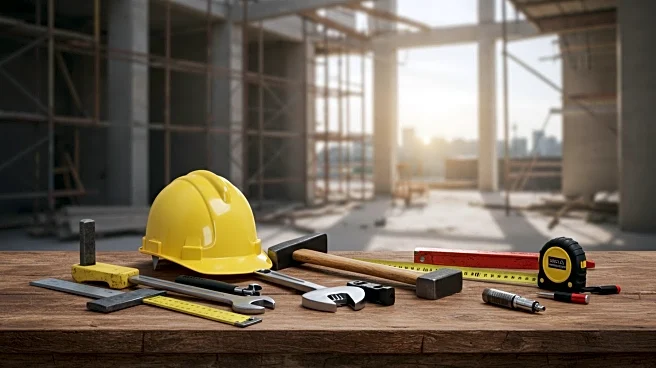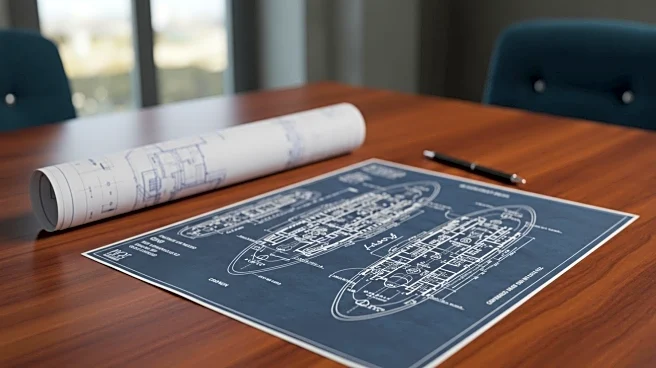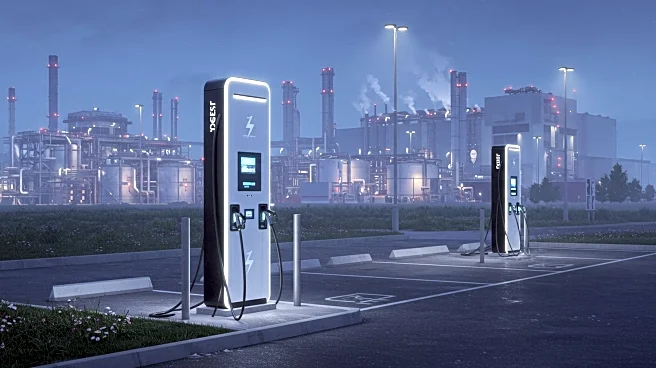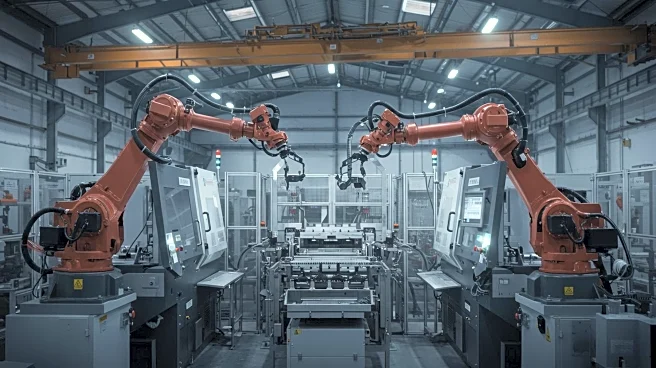Rapid Read • 7 min read
The construction sector in the U.S. experienced a decline in employment during the second quarter of the year, with figures dropping to the second-lowest level in nearly 25 years. The Office for National Statistics reported 2,081,000 people employed in construction, marking a 2.8% decrease from the first quarter. Despite a slight increase from last year's figures, the sector faces challenges in bridging the skills gap. The government announced new technical skills colleges to address workforce shortages, but industry leaders emphasize the need for broader reform to improve productivity and innovation.
AD
The decline in construction employment highlights ongoing challenges in the sector, including a significant skills gap. This situation impacts the industry's ability to meet demand and innovate effectively. The government's investment in technical skills colleges is a positive step, but experts argue that systemic changes are necessary to fully address workforce issues. The construction sector's health is crucial for economic growth, infrastructure development, and job creation, making these employment trends significant for policymakers and industry stakeholders.
The government's skills package aims to train a new generation of construction workers, potentially alleviating some workforce shortages. However, industry leaders call for a new contracting model that integrates supply chain and design processes to drive productivity. The sector may see increased collaboration between contractors and educational institutions to develop tailored training programs. Monitoring employment trends and the effectiveness of new initiatives will be crucial in shaping future policies and strategies.
The rise in female employment in construction, now at 15.2%, indicates progress in gender diversity within the sector. This shift may lead to broader cultural changes and increased opportunities for women in traditionally male-dominated industries. Addressing the skills gap also presents an opportunity to redefine industry standards and practices, fostering innovation and sustainability in construction.
AD
More Stories You Might Enjoy










